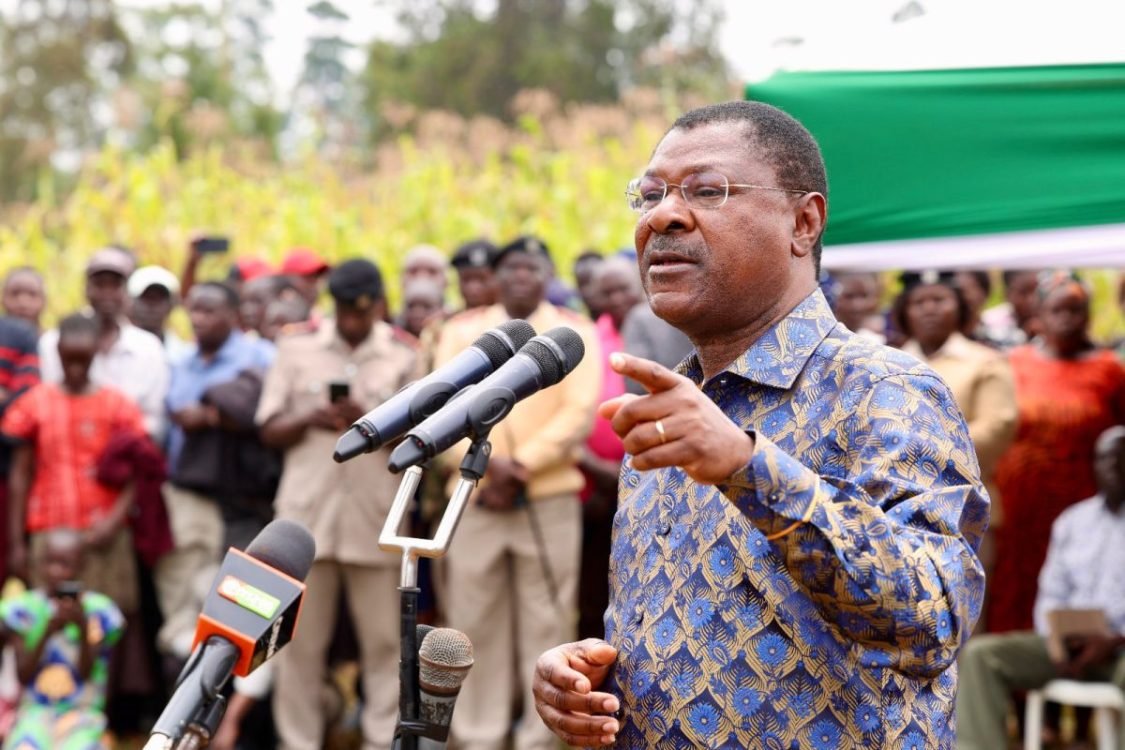Agriculture: State cuts wastage in dairy industry

Increasing demand for milk and its products, driven by a growing population, has seen the government move in to close gaps along the value chain to curb wastage as well as shore up dairy production, Agriculture Cabinet Secretary Mwangi Kiunjuri has said.
“Currently, milk demand is increasing owing to rapid urbanisation and expansion of middle class. This requires dairy subsector players’ to collaborate and improve value chain efficiency to cut on wastage at the farm level, transit and storage,” said Kiunjuri.
The government and industry players are exploring several strategies to promote medium to large-scale milk production through private investments and cooperative-based dairy production units.
Value chain
“The future of the national, regional, and global dairy industry is dependent on efficiency throughout the value chain, compliance to regulatory and market requirements, value addition, technology adoption and environmental conservation, among other factors,” he added.
Kenya, he said, has a long tradition of being a strong commercial dairy producing and consuming country thus it requires more support to tame gaps along the value chain.
According to the CS, Kenya is the third highest milk producer in Africa after Ethiopia and Sudan at 5.2 billion litres per year.
“We also have one of the highest per capita consumption of milk in the world estimated at 110 litres per person per year,” he in a speech read on his behalf by Agriculture Chief Administration Secretary Andrew Tuimur at the Kenyatta International Convetion Centre during the official opening of the 15th African dairy conference and exhibition organised by the Eastern and Southern African Dairy Association.
The milestones, he said, have been achieved as a result of well-designed and focused interventions by the government including policy and regulatory reforms, infrastructural development and education.
The conference attracted 132 local and international exhibitors and more than 2,000 delegates.








